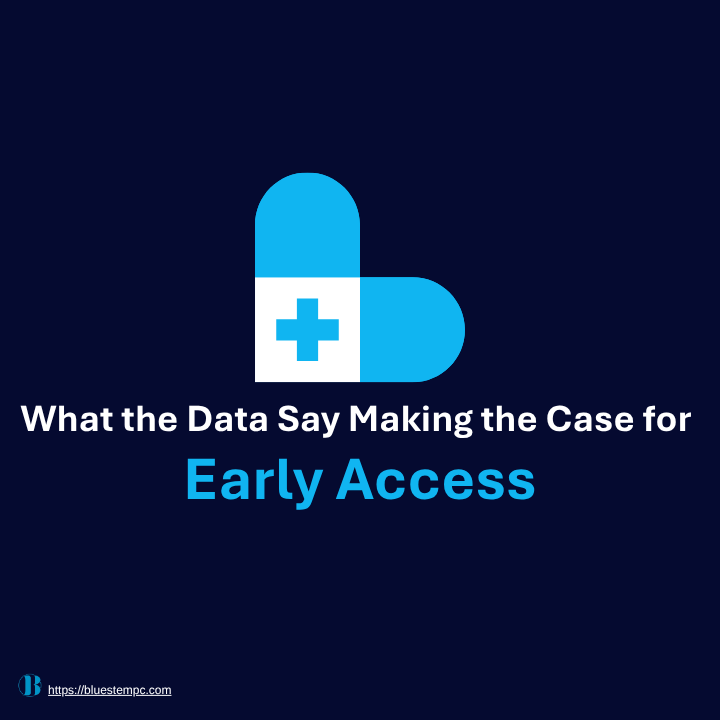This article reviews industry data that highlight the reality facing various stakeholders in Europe when it comes to access to new medicines, and why an early access program (EAP) is an important component for future commercial success.
The premise and key foundational element of early or expanded access is to allow patients with serious or life-threatening diseases get access to medicines they cannot otherwise get through normal commercial channels. These patients may not be able to join a clinical trial, or they live in a country where this new innovative medicine won’t be launched.
As new therapeutics target more defined and typically smaller global patient populations, pharma and biotech companies may have much smaller commercial footprints. Companies need to most effectively position medicines in development for commercial success. If companies put in place an EAP to meet the needs of patients, there are potential market access benefits that can be achieved.
EFPIA Patient W.A.I.T. Indicator
Data from the European Federation of Pharmaceutical Industries and Associations (EFPIA) are now published each year by IQVIA and highlight the challenges of patients living in Europe. These data visually articulate why early access should be a key component of a company’s global market access plan. The data are collectively referred to as the Patient W.A.I.T. Indicator where W.A.I.T. stands for Waiting to Access Innovative Therapies.
The EFPIA Patient W.A.I.T. Indicator 2024 (published in May 2025) considers the marketing authorization applications approved by European regulators over a four-year period (2020 to 2023). The analysis determines how many of the medicines approved in that four-year period are available in each European country as of January 5, 2025, as well as the median number of days it took for those medicines to become available. EFPIA look at several categories of medicines including medicines for oncology and orphan medicines. This article focuses on the availability of orphan medicines.
Figure 1 below highlights the rate of availability, measured by the number of medicines available to patients in each European country as of January 5, 2025. For most countries this is the point at which the product gains access to the reimbursement list, including products with limited availability.
Figure 1
Rate of Availability By Country
